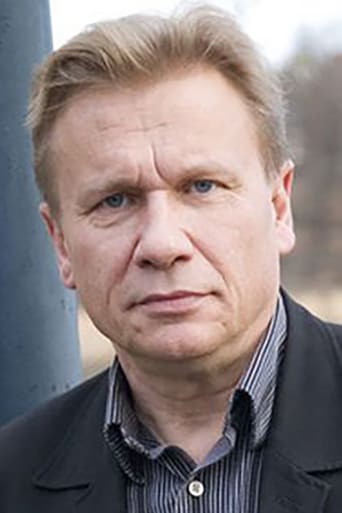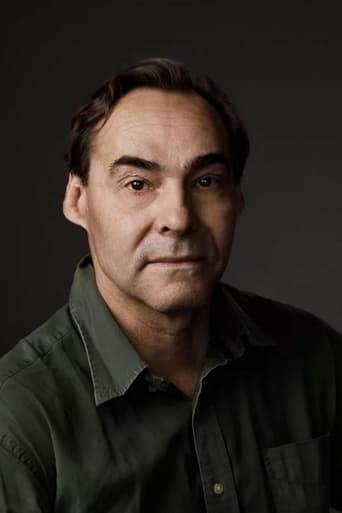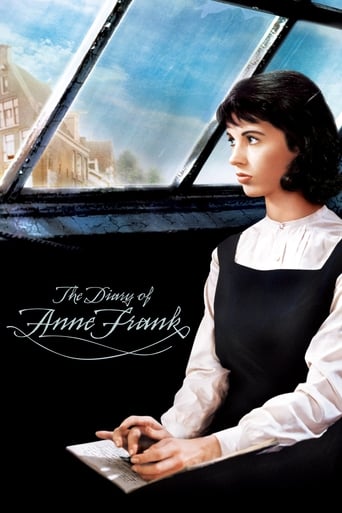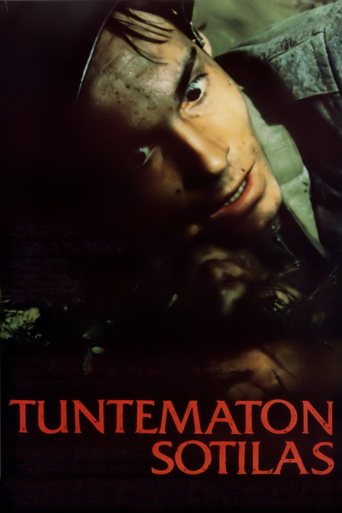
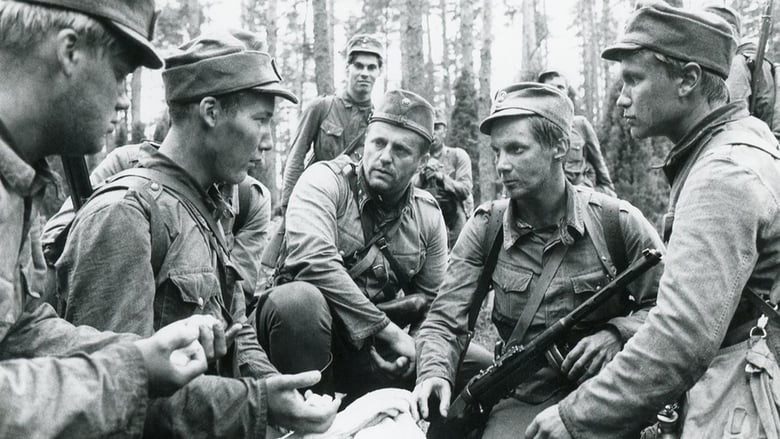
The Unknown Soldier (1985)
Second silver screen adaption of the Finnish war book by Väinö Linna. The story is based on Linna's experiences as an infantry man in the Finnish army during the so called "Continuation War" (1941-1944).
Watch Trailer
Cast


Similar titles
Reviews
Sometimes in life you want to experience something true and realistic. Molmberg's Unknown Soldier comes as close as it is possible in movie to experience war. Linna's 1955 version was more theatrical and entertaining. It had it's merits but I like Molmberg's better.In early 1990's I did my military service in Finland and trained a lot attack in the forest and the attack on the bunker line in Molmberg's film looks, sounds and almost smells the same. All details are in place and they really fire Maxim MG's and Suomi SMG's.I think you can't do good war movie without showing the ugly side of war. Molmberg shows the true nature of war. War is totally evil.
I'm writing this 19 years after I saw Mollberg's Unknown Soldier in Helsinki's Bristol Theatre. However, seeing the original 1955 film somewhat recently, and being comparative to the Väinö Linna historical novel, it raised memories of that 1985 rendition. Mollberg certainly made a far superior film as far as cinematography and aesthetic realism is concerned. He used a familiar technique of confusion in combat by utilizing the cameraman on foot, and running. Spielberg's Saving Private Ryan had these effects in 1998, but I'm not insinuating that Rauni Mollberg invented it. Perhaps Elem Klimov in "Come and See" (Soviet Union, 1985) had these stylistic effects. That USSR film, in my opinion, is the most anti-war film ever made. As far as Finnish war films, I would recommend "Talvisota" (Winter War)(1989), and "Täällä Pohjantähdenalla" (Here Under the North Star)(1968), with a sequel in 1971 titled "Akseli ja Elina". These last three are indicative of the tragedy of the Finnish Civil War, and WW2, and how they affected not only a family, but various social classes of society in Finland. This phenomenon of class hatred exists today in Finland.Rauni Mollberg's 1985 version of the Unknown Soldier also included this biased left-wing attitude towards the soldiers, but especially officers of the Russo-Finnish wars. Essentially, in the theatre and film world of 1970's and 1980's Finland, one had to be the figurative "Communist." Fortunately that has changed since, at least a bit.Having rambled, "Unknown Soldier" (1985) and the aforementioned film reviews, really only interest certain film historians, as well as historians of Soviet-Finnish politics. I hope that I gave you some insight.Respectfully, Timppa
This film is based on Väinö Linna's novel "Unknown soldier", but the style of the movie differs dramatically from the style of the book. Linna tells his story with bitter black humour and he has war heroes, Koskela & Rokka for example. Mollberg's version has neither heroes nor humour. Instead his movie is starred by blood and terror. Linna awakens, Mollberg silences.In the genre of war movies Mollberg's work is right on top, it has both artistic and realistic merits, for instance The bridge over the River Kwai lacks the latter. The way Mollberg shows his characters is, however, little too straightforward; Everyone is described thru one mental quality, Lehto is always cynical etc. The mythic silence that surrounds Koskela grows to the astronomical. On the other hand Mollberg succeeds in filming the fear and anger.The greatest finnish film ever made.
This new version of Tuntematon Sotilas is very different from the earlier one made during the fifties, when Finland still had vivid memories from the war. In Mollberg's version there are less humour, and in addition to this there are nothing left of the nationalism, that we are used to connect with this kind of movies. Tuntematon Sotilas reflects about the situation of the soldier and the front-men as a mass. Instead of pathetic patriotism the film tells about the war without great gestures and bloody action scenes. The director keeps Väinö Linna's very critical outlook on the world.



